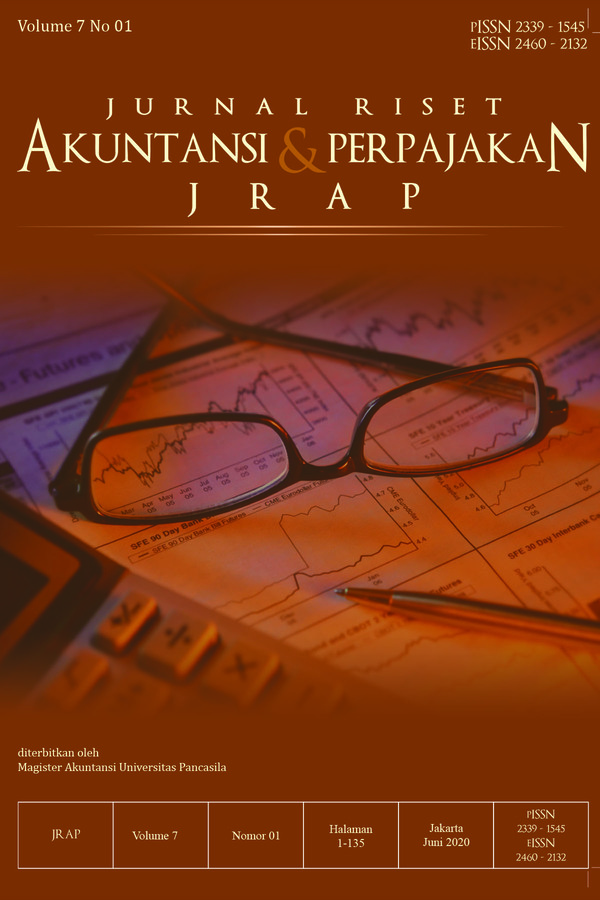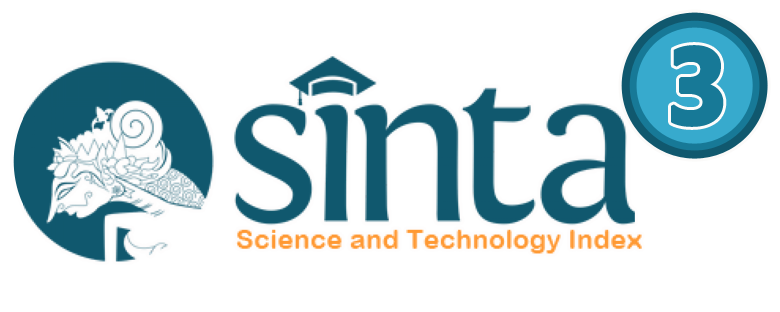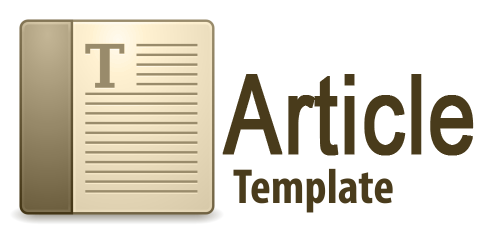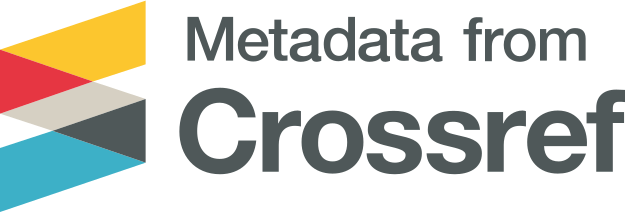Struktur Modal dan Determinasi Keputusan Hedging pada Perusahaan Automotive and Allied Products
DOI:
https://doi.org/10.35838/jrap.2020.007.01.4Keywords:
hedging decisions, financial distress, liquidity, growth opputurnity, capital structureAbstract
ABSTRACT
This study aims to determine the factors that influence hedging decisions with capital structure as a moderating variable in Manufacturing Companies engaged in the Automotive and Allied Product sector which are listed on the Indonesia Stock Exchange. The period used is 2014 - 2018. The design of this research is quantitative research using secondary data. The sample used in this study amounted to 40 companies. The sampling technique was determined using the purposive sampling method. The analytical method used in this study is the Logistic Regression Method using the Eviews10 program. Based on the results of the study, it shows that the Financial Distress and Liquidity variables influence the Hedging Decision while the Growth Opportunity does not affect the Hedging Decision. The results also showed that the Capital Structure as a moderating variable had no effect on the relationship between Financial Distress on Hedging Decisions but influenced the relationship between Growth Opportunity on Hedging Decisions and the relationship between Liquidity on Hedging Decisions.
ABSTRAK
Penelitian ini bertujuan untuk mengetahui faktor-faktor yang mempengaruhi keputusan hedging dengan struktur modal sebagai variabel moderasi pada Perusahaan Manufaktur yang bergerak pada sektor Automotive and Allied Product yang terdaftar di Bursa Efek Indonesia. Periode yang digunakan adalah tahun 2014 – 2018. Desain penelitian ini adalah penelitian kuantitatif dengan menggunakan data sekunder. Sampel yang digunakan dalam penelitian ini berjumlah 40 perusahaan. Teknik pengambilan sampel ditentukan dengan menggunakan metode purposive sampling. Metode analisis yang digunakan dalam penelitian ini adalah Metode Regresi Logistik dengan menggunakan program Eviews10. Berdasarkan hasil penelitian, menunjukkan bahwa variabel Financial Distress dan Liquidity berpengaruh terhadap Keputusan Hedging sedangkan Growth Opportunity tidak berpengaruh terhadap Keputusan Hedging. Hasil penelitian juga menunjukkan bahwa Struktur Modal sebagai variable moderasi tidak berpengaruh terhadap hubungan antara Financial Distress terhadap Keputusan Hedging namun berpengaruh terhadap hubungan antara Growth Opportunity terhadap Keputusan Hedging dan hubungan antara Liquidity terhadap Keputusan Hedging.
JEL Classification: M40, L25
Downloads
References
Florensen, K., Cholid, I., and Sugara, K. (2018). Analisis Pengaruh Debt Equity Ratio, Firm Size, Growth Opportunity, Dan Liquidity Ratio Terhadap Pengambilan Keputusan Hedging Pada Perusahaan Yang Terdaftar Di Kompas 100 Periode 2015-2017.
Guniarti, F. (2014). Faktor-Faktor Yang Mempengaruhi Aktivitas Hedging Dengan Instrumen Derivatif Valuta Asing. Jurnal Dinamika Manajemen, 5(1), 64–79. https://doi.org/10.15294/jdm.v5i1.3651
Hartono, F., and Cholid, I. (2018). Analisis Pengaruh Growth Opportunity, Kebijakan Dividen, Liquidity, dan Firm Size Terhadap Aktivitas Hedging pada Sektor Transportasi, Infrastruktur dan Utilities yang Terdaftar Di BEI Periode 2014-2017.
Herianti, S., and Juwita, R. (2018). Pengaruh Liquidity, Financial Distress, Growth Opportunity dan Kepemilikan Institusional Terhadap Keputusan Hedging pada Sektor Manufaktur yang Terdaftar di Bursa Efek Indonesia Periode 2015-2017 Syenni. 1–13.
Hermunigsih, S., 2013. Pengaruh Profitabilitas, Growth Opportunity, Sruktur Modal Terhadap Nilai Perusahaan Pada Perusahaan Publik Di Indonesia. Buletin Ekonomi Moneter dan Perbankan. Vol 16 No 2 (2013): Oktober
Jiwandhana, R.M.S.P., and Triaryati N. (2015). Pengaruh Leverage dan Profitabilitas Terhadap Keputusan Hedging Perusahaan Manufaktur Indonesia
Kinasih, R., and Mahardika, D.P.K. (2019). Pengaruh Likuiditas, Leverage, Dan Nilai Tukar Rupiah Terhadap Penggunaan Instrumen Derivatif Sebagai Keputusan Hedging (Studi Pada Bank Konvensional Yang Terdaftar Di BEI Periode 2014-2017). Jurnal Ilmiah MEA. Vol. 3 No. 1 Januari-April 2019.
Kurniawan, D. P., and Asandimitra, N. (2018). Analisis Faktor yang Mempengaruhi Penggunaan Instrumen Derivatif sebagai Pengambilan Keputusan Hedging pada Perusahaan Sektor Keuangan yang Terdaftar di BEI Periode 2011- 2015. Jurnal Ilmu Manajemen, 6(November 2015), 1–11.
Muksal,. 2017. Pengaruh DEBT EQUITY RATIO (DER) terhadap Harga Saham Syariah (Studi pada Pasar Sekunder Jakarta Islamic Index(JII)”. Jurnal perbankan Syriah Universitas Serambi, Mekkah.Vol 1. No 1.h. 1-25.
Muliawan, F., and Cholid, I. (2018). Analisa Faktor Yang Mempengaruhi Keputusan Hedging Dengan Instrumen Derivatif Pada Perusahaan Perbankan Yang Terdaftar Di BEI Periode 2013 – 2017
Putro, S.H., and M. Chabachib. (2012), Analisis Faktor Yang Mempengaruhi Penggunaan Instrumen Derivatif Sebagai Pengambilan Keputusan Hedging. Diponegoro Business Review, 1(1), 1-11
Saragih, F., and Musdholifah. (2017). Pengaruh Growth Opportunity, Firm Size, Dan Liquidity Terhadap Keputusan Hedging Pada Perusahaan Perbankan Indonesia. Jurnal Manajemen, Universitas Negeri Surabaya, 5, 1–10.
Sutarja, W., and Cholid, I. (2018). Analisis Pengaruh Debt To Equity Ratio , Interest Covarage Ratio , Managerial Ownership , dan Market To Book Value Terhadap Pengambilan Keputusan Hedging pada Perusahaan Sektor Terdaftar di Bursa Efek Indonesia Periode 2015-2017. 1–16.
Https;//kursdollar.net/. (2019). Grafik Trend Kurs US Dollar - USD Grafik Trend Kurs US Dollar - USD.
Downloads
Published
Issue
Section
License
Authors who publish with this journal agree to the following terms:
- Authors retain copyright and grant the journal right of first publication with the work simultaneously licensed under a Creative Commons Attribution-ShareAlike 4.0 International License that allows others to share the work with an acknowledgement of the works authorship and initial publication in this journal.
- Authors are able to enter into separate, additional contractual arrangements for the non-exclusive distribution of the journals published version of the work (e.g., post it to an institutional repository or publish it in a book), with an acknowledgement of its initial publication in this journal.
- Authors are permitted and encouraged to post their work online (e.g., in institutional repositories or on their website) prior to and during the submission process, as it can lead to productive exchanges, as well as earlier and greater citation of published work (See The Effect of Open Access).














